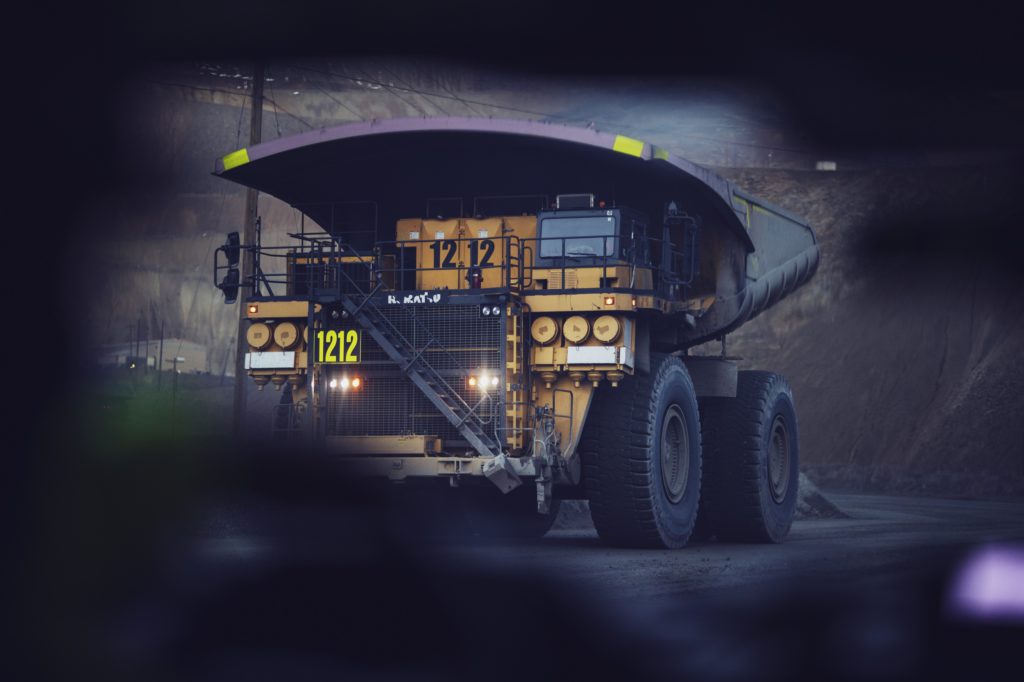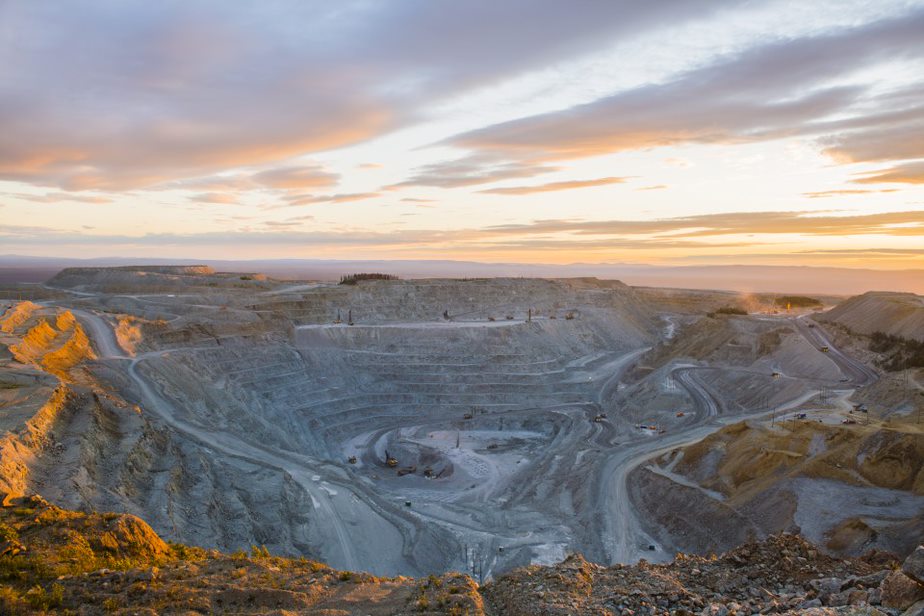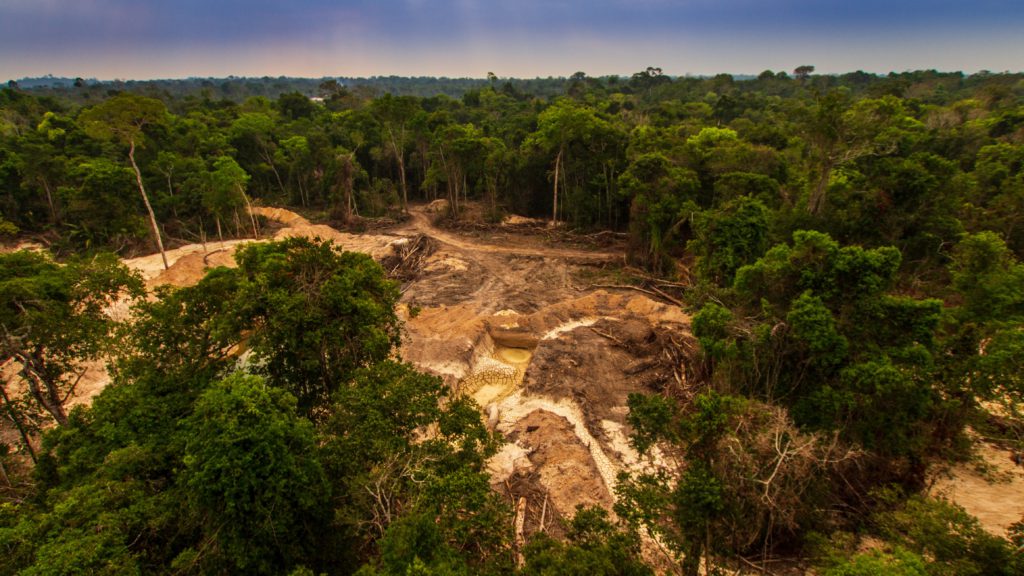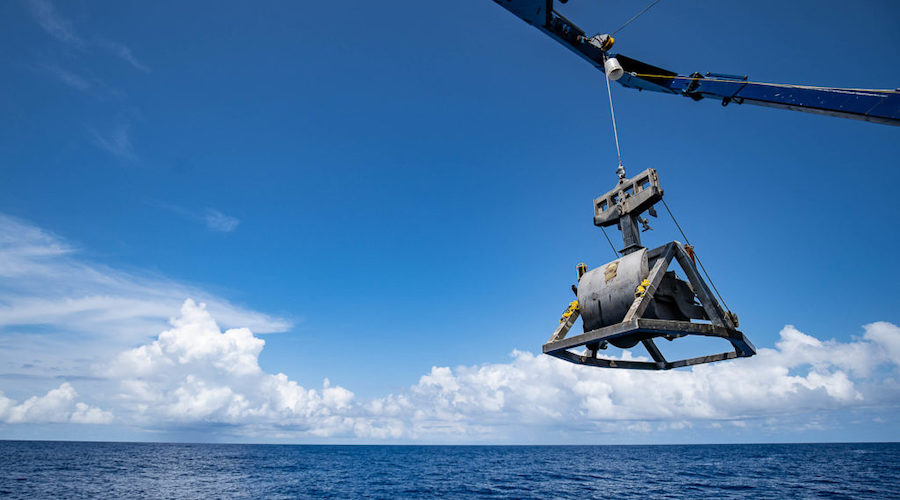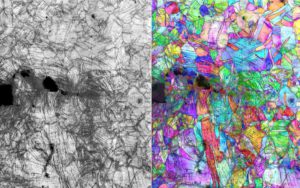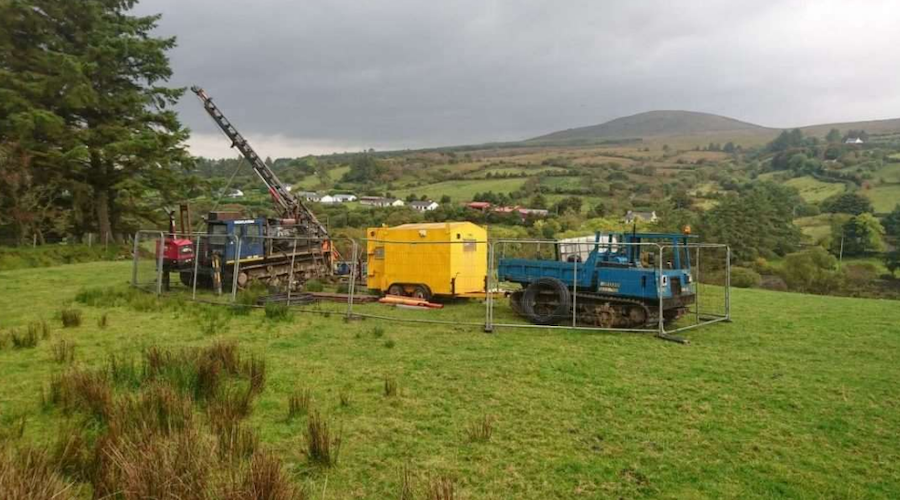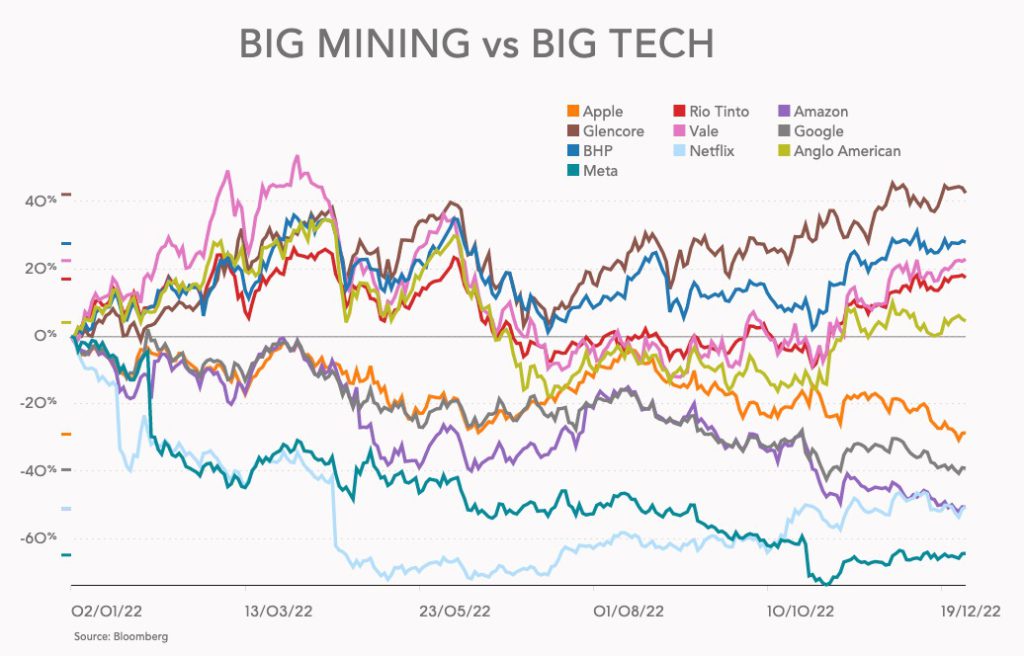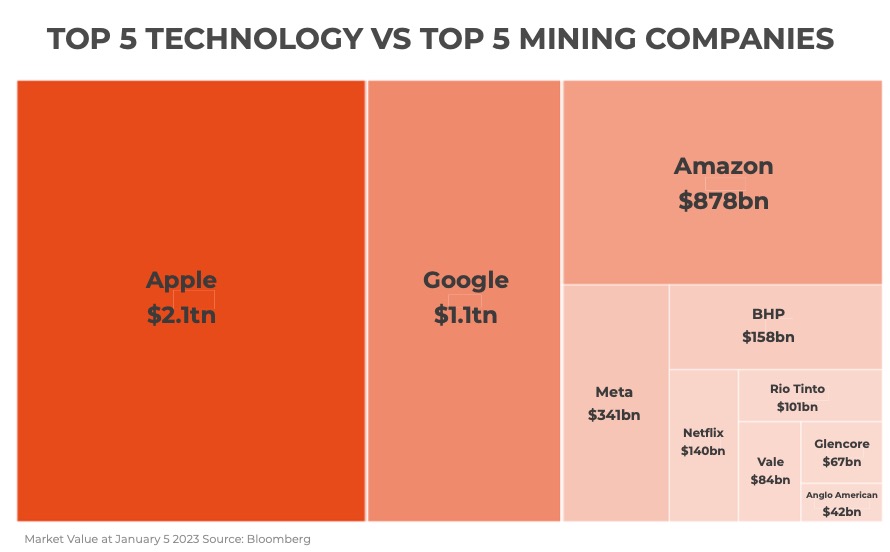Protectionism from some countries has been a wakeup call to the global community, spurring it to work towards ensuring food security needs are met amid a tightening of fertilizer supplies, says CEO Matt Simpson in an interview with The Northern Miner.
Compounded by Russia’s invasion of Ukraine, market trends have seen about 42% of the global potash market have been impacted.
“While potash from Russia is quietly making its way out to markets, only about 30% of prior volumes are making its way out of landlocked Belarus. When the war started, potash prices for delivery in Brazil – one of the world’s most important agricultural export markets – quadrupled to the US$1,200 per tonne level,” Simpson says.
While prices have come down to about US$500 per tonne today, Simpson says 2023 will not likely bring relief to a growing global food shortage, as many expect food inflation and rising prices to continue to put our food security at risk. He also notes that given the ongoing turmoil in Russia impacting neighbouring Belarus, more than 15 million tonnes of expected new production would probably not come online since those projects won’t likely secure funding because of the heightened risk.
“This sets up the market to remain tighter for longer,” the CEO says.
The future of global food security is uncertain, but potash producers will play an essential role in helping to ensure that everyone has access to nutritious food. With the Autazes potash project, Brazil Potash is paving the way to a more secure and sustainable agricultural future for Brazil, Simpson says.
Brazil Potash’s Autazes project is near Manaus, in the northern Amazonas State. The project is expected to produce potash using an environmentally friendly method of extracting the crop nutrient potassium chloride from the ground while doubling twice the current Brazilian production and changing the domestic potash market in Brazil.
That market will soon have to contend with the fact that the country’s only potash mine, Mosaic’s (Nasdaq: MOS) Taquari-Vassouras mine in eastern Sergipe State is at the end of its lifetime.
“Countries like Brazil are the perfect example of how boosting domestic potash production could lead to benefits across the entire agriculture sector and beyond,” Simpson says.
Brazil’s agricultural industry is one of the country’s largest employers, and the potash industry is a major contributor to the nation’s economy. However, right now, Brazil is a net importer, raising costs for the industry and creating risks to supply chains.
In 2022 there had been plenty of discussion about the importance of fertilizers to the country.
The administration also released the National Fertilizer Plan in 2022, highlighting the importance of potash in the country’s fertilizer mix. The plan broadly entails reducing Brazil’s reliance on importing about 85% of its fertilizer needs, of which potash accounts for 98% of imports.
The Brazilian government has given the project its support.
According to Simpson, the goal is to reduce this number to about 45% by 2050.
As it stands, the company is nearing a construction decision on the Autazes project. “We’ve obtained 76 of the 78 items required to get the installation licence that allows us to start construction. And we submitted the 77th item, which is our Indigenous consultation study. We expect a response in the coming months,” Simpson says.
Construction ready
Meanwhile, Brazil Potash recently completed an updated technical report on Autazes. The last comprehensive study was completed in 2016. As of the 2022 assessment, the company noted that an upward shift in potash sales prices and a favourable exchange rate mostly offset an escalation in costs for construction capital and general operating expenses.
The construction cost is about US$2.5 billion, with a four-year construction timeline.
The economic metrics also look good, with the NPV (at 10% discount) calculated at US$1.6 billion on an after-tax basis, and an IRR of about 17%. “In terms of those numbers, we think we can improve upon them quite a bit because, in parallel, we completed some work with the Saskatchewan Research Council on a revised flow sheet,” Simpson says.
He added the company is also evaluating incorporating hot leaching into the flotation flow sheet, which could translate to a higher-quality product, reduced capex of about US$400 million, and it drops the operating cost from about US$87 per tonne to US$65 per tonne. It helps push the IRR into the mid to high 20%.
Simpson notes that at a price level of about US$240 per tonne, most producers today are not making money, while the exact price would translate to making almost a 200% profit, Simpson says.
The executive notes management has started to focus on securing offtake agreements for Autazes, resulting in a take-or-pay contract with soybean producer Amaggi for production from Phase I of the Autazes mine. Under the offtake agreement, Brazil Potash will supply 2.4 million tonnes of potash annually over 15-17 years.
In addition, Amaggi’s logistics arm will also have the rights to market Brazil Potash’s remaining 1.9 million tonnes of annual production from the mine to other potential buyers as part of the marketing agreement. Under the barge transportation agreement, Brazil Potash will deliver the initial planned production of 2.4 million tonnes of potash a year to inland ports located near major farming regions within Brazil.
“The offtake agreement allows us to initiate talks with potential lenders as we prepare the finance package for the mine build,” says Simpson.
